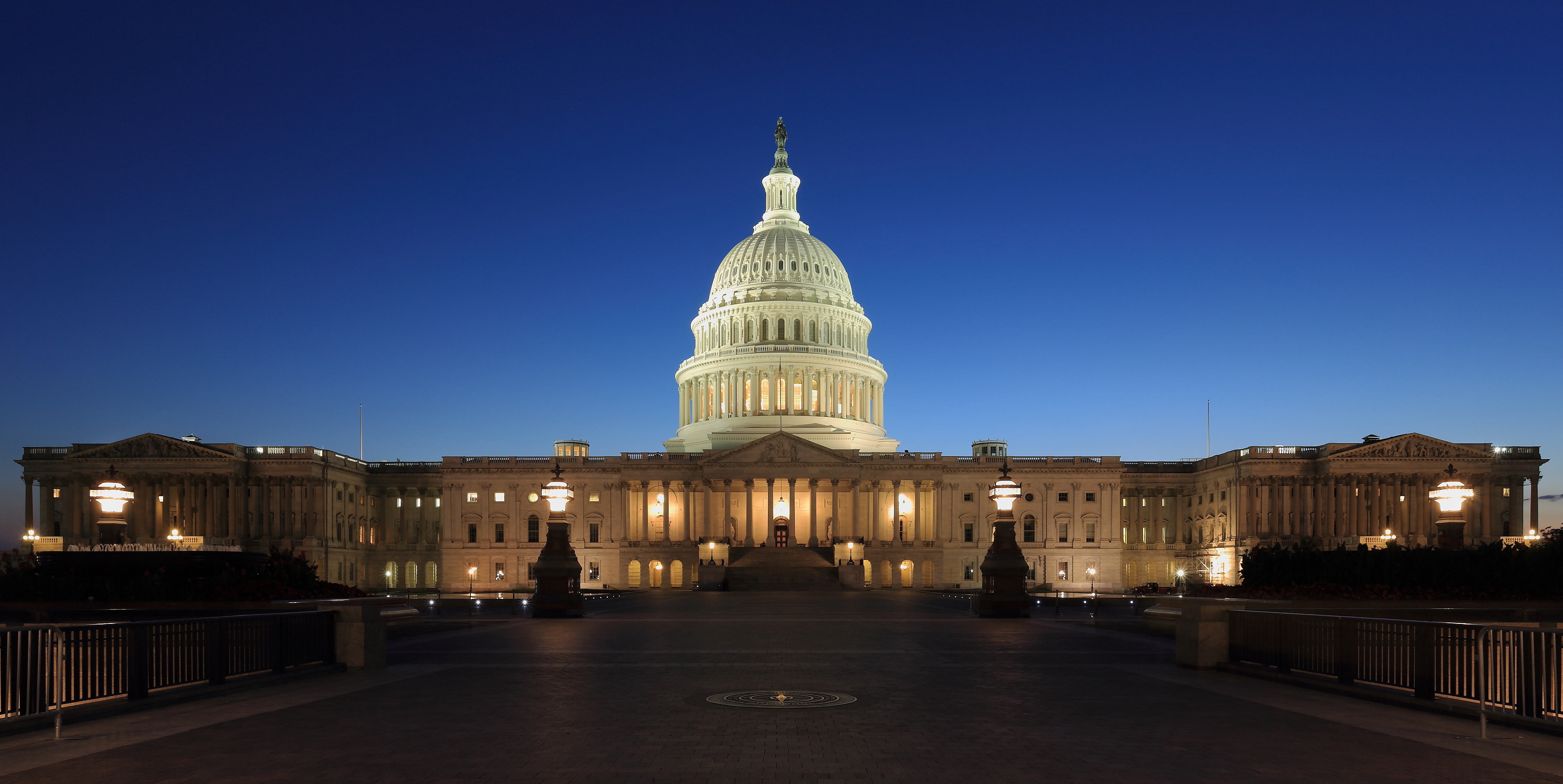5 Questions on a Government Shut-Down

UPDATE (Oct. 2): Congress passed and the President signed a short-term Continuing Resolution (CR) on Sept. 30 that funds government at existing levels. Next deadline to act: Nov. 17.
As Congress nears September 30 – the end of the federal fiscal year – with little progress on a budget agreement, a shutdown is becoming more likely. As a potential government shutdown draws nearer, here are your top five questions answered.
Where do things stand?
Government agencies and various programs are funded through 12 annual appropriations bills. Current year funding expires after September 30. In recent years, Congress has passed larger omnibus funding packages, essentially combining all 12 appropriations bills (plus other items) into one massive bill passed by Congress. That approach has rankled some conservative House Republicans who say they want a more deliberative process and are also pushing for more spending reductions than what was agreed to as the “topline” budget numbers. These issues and others are causing headaches in the House, which is controlled by a small Republican margin, and have, thus far, stalled action.
While initially letting the House take the lead on the budget, the U.S. Senate has been trying to jumpstart activity. On Tuesday, September 26, bipartisan Senate leaders released a stopgap plan. It is a pared down, short-term Continuing Resolution (CR) to temporarily fund government through November 17. While there is support in the Senate, initial indications are the House may not act on this CR.
With only a few days left until shutdown, the clock is ticking.
What happens during a government shutdown?
What happens with a shutdown depends on the federal agency, the funding in question (discretionary vs mandatory), the essential or nonessential nature of that program/staff, the length of a shutdown and more.
Generally speaking, if program funding is “discretionary” — part of the 12 annual appropriations bills — then it would be halted with non-essential staff furloughed. Other programs – think Medicare and Social Security – are “mandatory” programs and continue on even during a shutdown.
How each federal agency complies with a shutdown is complicated and determined by their respective contingency plan.
How are HHS and CMS impacted?
The Department of Health & Human Services (HHS) is a large federal agency that houses many other agencies, like the Centers for Medicare & Medicaid Services (CMS), National Institute of Health, Federal Drug Administration (FDA), Health Resources & Services Agency (HRSA) and more. Various programs overseen by HHS can be funded either through discretionary or mandatory funding, so the impact of a shutdown varies considerably across HHS. The HHS contingency plan shows roughly 40% of the agency’s total staff would be furloughed.
Let’s look at CMS. CMS oversees Medicare and Medicaid, both of which are “mandatory” programs whose funding is outside of the 12 appropriations bills at issue. This means health care providers will continue to be paid as normal. However, CMS itself is funded through appropriations which means various CMS staff may not be considered essential and would, therefore, be furloughed. This could have an impact on certain functions within the agency and how providers or states interact with those functions.
A slightly different example is community health center (CHC) funding. While not a mandatory program and one that does need regular appropriations, HRSA indicates it will be able to use carryover funds to continue CHC program payments among others.
For the FDA, much of its funding comes from user fees on pharmaceutical and device companies, for example, and much of the agency will continue on during a shutdown.
How does Congress avoid a shutdown?
There are really two options available. Congress will need to either pass all 12 appropriations bills either individually or combined in an omnibus/mini-bus package, or Congress needs to pass a CR. CRs essentially continue existing funding levels on for some duration of time as Congress hashes out a larger agreement. Multiple CRs could be used depending on the progress of negotiations.
Does a shutdown impact the economy?
As one would expect, the economic impact will vary depending on the length of a shutdown. There have been a variety of shutdowns or funding gaps over the years. Some of those have lasted a day or two while others lasted over a month. Take a look at this run-down by The Hill on government shutdowns for insight.
For the most recent shutdown in 2018-2019, which lasted five weeks, the Congressional Budget Office estimated it cost the economy $3 billion and 0.02 GDP. Approximately $18 billion in federal compensation and goods/services were delayed, and individuals (including federal employees) and businesses were also negatively impacted during this time.
There’s also the issue of the overall economy. It still has not fully recovered from the pandemic. Interest rates and inflation are high. The labor market is tight, and labor productively is down. A government shutdown amidst a turbulent economic recovery is not ideal.
How CLA can help
We are here to know and help our clients navigate this uncertain time. Reach out if you need assistance.
Jennifer Boese is the Director of Health Care Policy at CLA. She is a highly successful public policy, legislative, advocacy and political affairs leader, including working in both the state and federal government as well as the private sector. She brings over 20 years of government relations and public policy knowledge with her to CLA. Well over half of her career has been spent dedicated to health care policy and the health care industry, affording her a deep understanding of the health care market and environment, health care organizations and health care stakeholders. Her role at CLA is to provide thought leadership, policy analysis and strategic insights to health care providers across the continuum related to the industry's ongoing transformation towards value. A key focus of that work is on market innovations and emerging payment models. Her goal is to help CLA clients navigate and thrive in an increasingly dynamic health care environment.

Comments are closed.